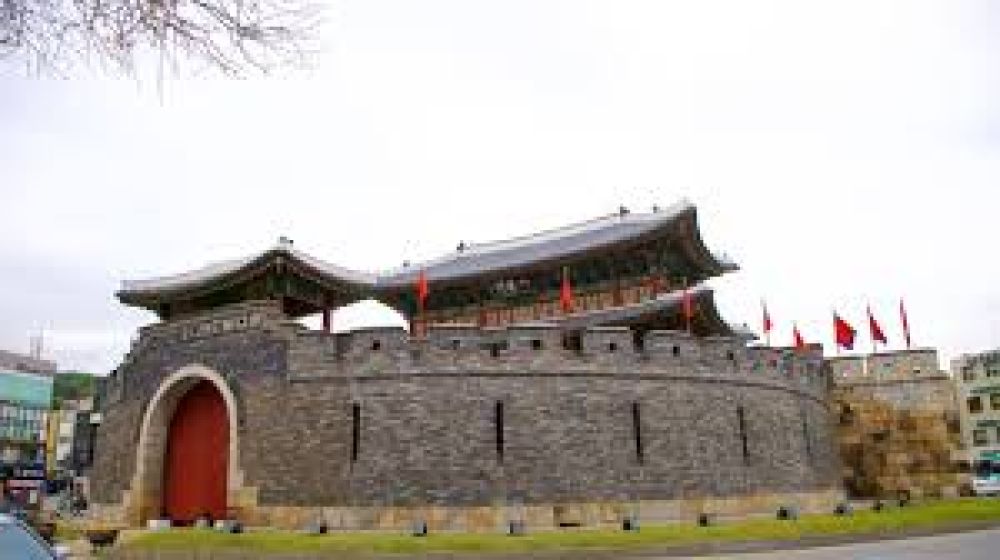

The city of Suwon is home to the historical Paldalmun Gate, a significant cultural landmark and one of the main entrances to the Hwaseong Fortress, a UNESCO World Heritage site. Suwon's history of tourism related to the Paldalmun Gate dates back to the late 18th century during the Joseon Dynasty, where the fortress and its gates stood as symbols of Korean military architecture and innovation.
Paldalmun Gate, built in 1794, served not just as a defensive structure but also as a hub of social activity and economic trade within the region. As tourism developed, visitors have been drawn to the region's rich history and remarkable preservation of the Joseon Dynasty's legacy.
Tourism to Paldalmun Gate and the surrounding fortress began to flourish especially after the entire Hwaseong Fortress was designated as a UNESCO World Heritage site in 1997. This recognition led to increased efforts to preserve the site and make it more accessible and informative for tourists from around the world.
Modern developments in tourism have focused on making the site an educational and interactive experience. The restoration projects have been guided by historical accuracy, ensuring visitors can appreciate the gate's original architecture and engineering. Elements such as guided tours, multilingual plaques, and visitor centers have been introduced to meet the needs of domestic and international tourists.
The annual Suwon Hwaseong Cultural Festival further boosts tourism to Paldalmun Gate, as it showcases traditional Korean performances, military reenactments, and various cultural events that celebrate the region's historic heritage.
In recent years, there has been a growing trend towards experiential tourism in Suwon. Visitors are keen on engaging with the culture through activities such as traditional archery or wearing period costumes to walk the fortress walls. The integration of digital technologies, such as virtual reality experiences that simulate historical events, are also on the rise, adding a modern twist to the ancient backdrop of Paldalmun Gate.
Another emerging trend is night-time tourism. The illumination of Paldalmun Gate and the fortress walls at night provides a different ambience and has become a popular time for visitors to experience the site, leading to a unique nighttime cultural experience that intertwines light installations with the ancient architecture.
Overall, Paldalmun Gate continues to stand as a prominent emblem of Suwon's historical narrative, gripping the interests of history enthusiasts, culture buffs, and tourists seeking to delve into the rich tapestry of South Korean heritage that the gate and the city have to offer.